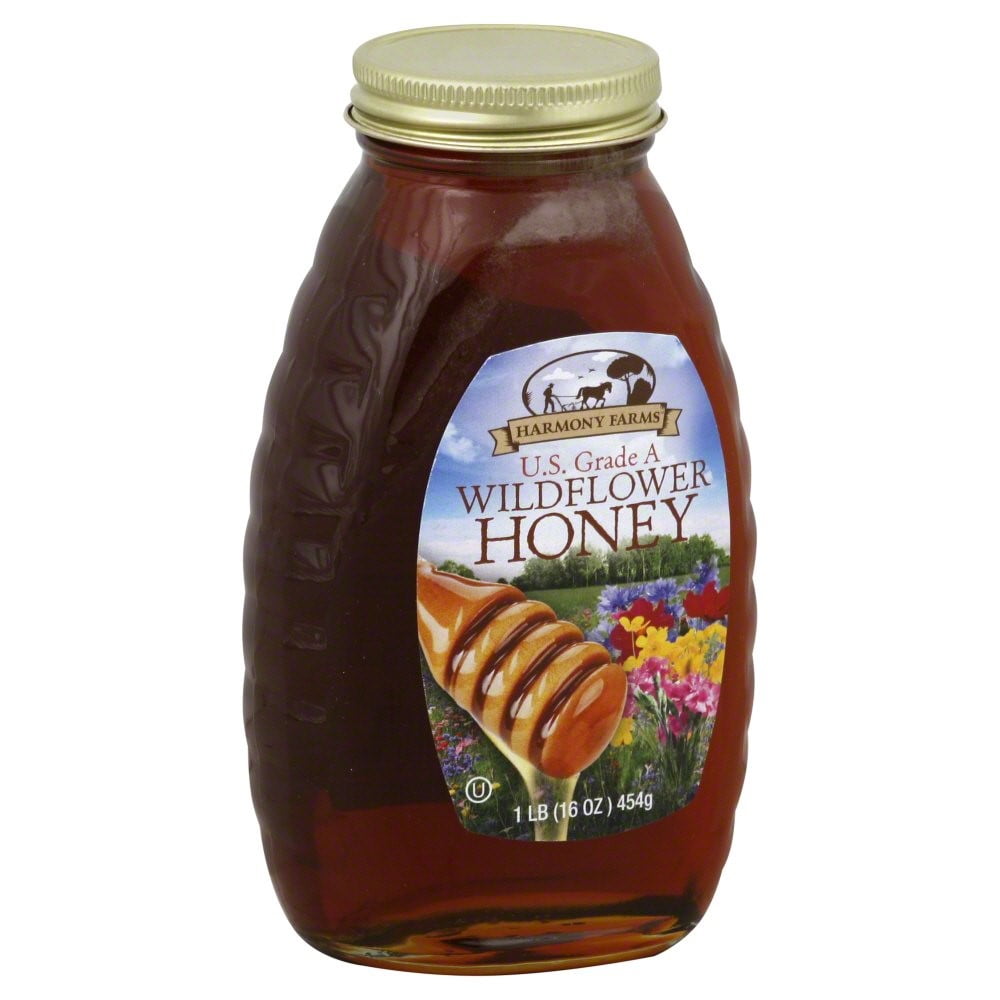

It seems, MG and/or "something else" gives this honey its "miracle" properties, however, the specifics of what makes this miracle honey is still hotly debated, and is to a certain degree, unknown, or at least not fully understood. In Manuka honey, MG comes from the conversion of another compound - dihydroxyacetone - that is found in high concentration in the nectar of manuka flowers. MG is a compound found in most types of honey, but usually only in small quantities. The major antibacterial component in manuka honey is methylglyoxal (MG). Manuka honey is produced in New Zealand by bees that pollinate the native manuka bush. Manuka, the quick, scientific bla-bla-bla …. I love putting together a stylish and visually appealing Health Blog for the "Social Media Masses", but this kind of research…….well, this is what I really do!!!!

Those "hustlers" know consumers have a tendency to eyeball a "latest craze" word on a product label, grab the product, throw it in the shopping cart, and do very little research on what it really in the jar or bottle…….no worries, I love putting in the work to see who's real and who's fake.

Real Manuka production is down in New Zeland, perhaps as much as 80%, but more and more Manuka is popping up on the shelves in America….something ain't adding up. This whole "Manuka Craze", that even I have found myself caught up in, had led me to do another journey into what I call "The Project" Series in my blog, where I dive into finding the quality version of products I love….and exposing the bogus ones


 0 kommentar(er)
0 kommentar(er)
